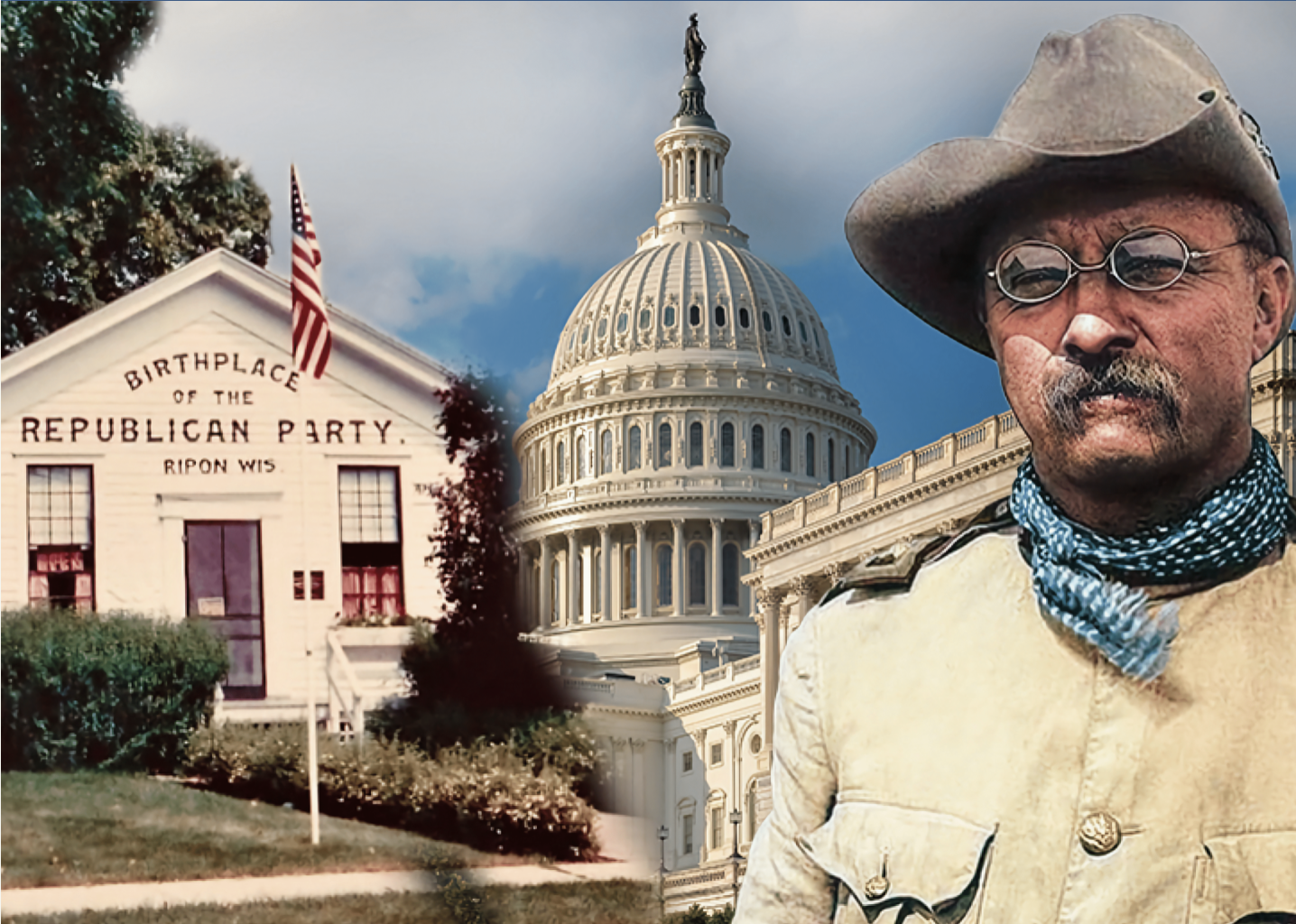The landmark trilateral agreement among Australia, the United Kingdom (UK), and the United States to provide Australia with nuclear-powered submarines (the so-called AUKUS agreement) is the Biden administration’s signature Indo-Pacific initiative, showing United States’ commitment to working with its closest allies to deter China. In transferring this sensitive technology for the first time in over 60 years (the only other country to receive it was the UK in 1958), the Biden Administration is acknowledging the critical role of Australia in helping to establish deterrence at a time when tensions between the United States and China are on the rise.
AUKUS is a long-term endeavor. While Australian naval officers are already receiving training in the United States and U.S. nuclear-powered attack submarines (SSNs) have begun regular visits to Australia, it will take more than 15 years before Australia can produce its own SSNs. In the interim, the U.S. has announced it will transfer three to five Virginia-class submarines to Australia over the next decade while Canberra ramps up indigenous capabilities. Nuclear-powered submarines are critical for deterrence in the Indo-Pacific as they allow for longer duration deployments and can operate in contested waters at lower risk, given their greater maneuverability and stealth capabilities.
AUKUS is about more than just sharing submarine technology, however. It is a comprehensive technology and industry cooperation agreement that seeks to pool the three countries’ technology research and its application to critical defense capabilities in eight areas, including cyber, artificial intelligence, quantum computing, hypersonics, electronic warfare, innovation, information sharing, and advanced undersea capabilities. Under this so-called “Pillar Two” of AUKUS, the three nations will enhance their collective competitive edge vis a vis China in the race to establish technological dominance, especially in the defense domain.
AUKUS is about more than just sharing submarine technology. It is a comprehensive technology and industry cooperation agreement that seeks to pool the three countries’ technology research and its application to critical defense capabilities in eight areas…
Speaking at a Washington-based think tank in June, U.S. Chief of Naval Operations Admiral Michael Gilday said the AUKUS partnership will be transformational for government-industry cooperation, noting that the three governments needed to effectively leverage the research their respective defense industries were already performing.
Potential Roadblocks
While AUKUS has been well-received by countries like Japan and India (that make up the other half of the Quad that includes Australia and the United States), some Southeast Asian nations worry that AUKUS is fueling military tensions between the United States and China. Indonesia and Malaysia, for their part, have raised nuclear proliferation concerns, even though International Atomic Energy Agency Director General Rafael Mariano Grossi recently expressed confidence in Australia’s commitment to upholding its nuclear nonproliferation obligations. Countries like Vietnam and the Philippines that are increasingly concerned about Chinese maritime intrusions and grey zone activities in the South China Sea, on the other hand, may see value in a multination effort to push back against increasingly assertive Chinese maritime behavior. In any case, the U.S. and its partners must be alert to Chinese disinformation campaigns that will seek to undermine regional support for the initiative.
The second obstacle is the sheer cost of the endeavor. Australia has committed to investing around $3 billion to expand the U.S. shipbuilding industry, which could help make the effort more palatable to U.S. taxpayers as well as U.S. legislators who have raised concerns about over-taxing American shipyards, which already are hard-pressed to meet the U.S. Navy’s needs. The cost of the project for Australia, which is estimated at between $183 billion and $250 billion over the next 30 years, is sparking a fierce domestic debate on tax hikes and other spending cuts that may be necessary to support the massive project price tag.
Perhaps the biggest hurdle to implementing AUKUS comes from the tangled web of U.S. export controls and regulations on transferring sensitive technology.
Perhaps the biggest hurdle to implementing AUKUS comes from the tangled web of U.S. export controls and regulations on transferring sensitive technology. Foreign companies seeking to import technologies that are on the International Traffic of Arms Regulations (ITAR) list must meet specific conditions to gain a license for importing sensitive items. The U.S. Congress is currently considering various pieces of legislation aimed at relaxing some of these controls. AUKUS has strong bipartisan support, but the complex array of regulations over which multiple U.S. government agencies have discretion is likely to prove difficult to unravel.
Moving Out on Pillar Two
AUKUS demonstrates that the United States and its allies are prepared to act in unison and break down the barriers to sharing the most advanced military technology to maintain peace and order in the Indo-Pacific. While delivery of the submarines will take time, the three nations must move expeditiously with implementing Pillar Two on cooperation on advanced capabilities to get the ball rolling and prove the merits of AUKUS sooner than later.
Lisa Curtis is Director of the Indo-Pacific Security Program at the Center for a New American Security. She previously served as Deputy Assistant to the President and NSC Senior Director for South and Central Asia from 2017 to 2021.





